
The impressive growth in the Gross Regional Domestic Product (GRDP) of many localities, with some witnessing increases of over 14%, has contributed to the country’s 6.42-percent GDP expansion in the first half of 2024, slightly lower than the 6.58-percent growth level in the same period of 2022.
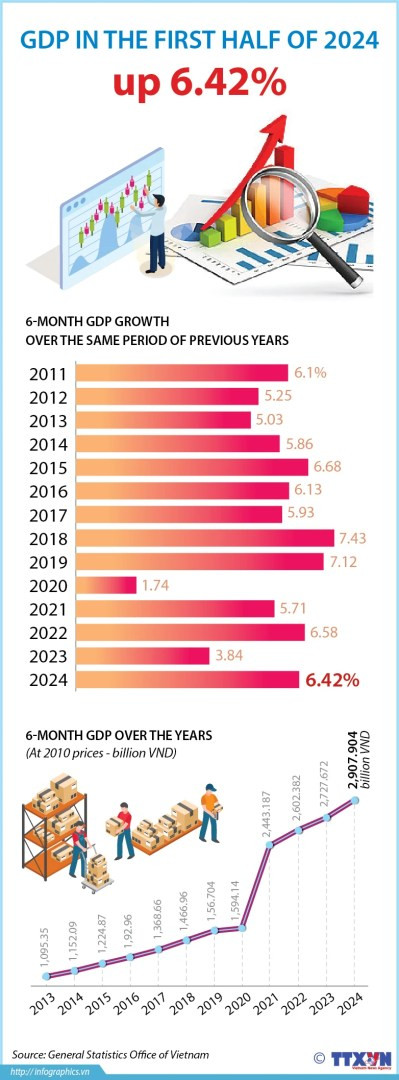
The results were attributed to the decisive administration of the Government, the efforts of ministries, sectors, localities, and businesses, as well as the support of the people in ensuring the dual goals of maintaining growth and macroeconomic stability.
Strong recovery
According to the General Statistics Office (GSO), the sectors of agro-forestry-fishery, industry-construction, and services grew by 3.38%, 7.51%, and 6.64%, contributing 5.96%, 44.28%, and 49.76%, respectively, to the economy’s total growth.
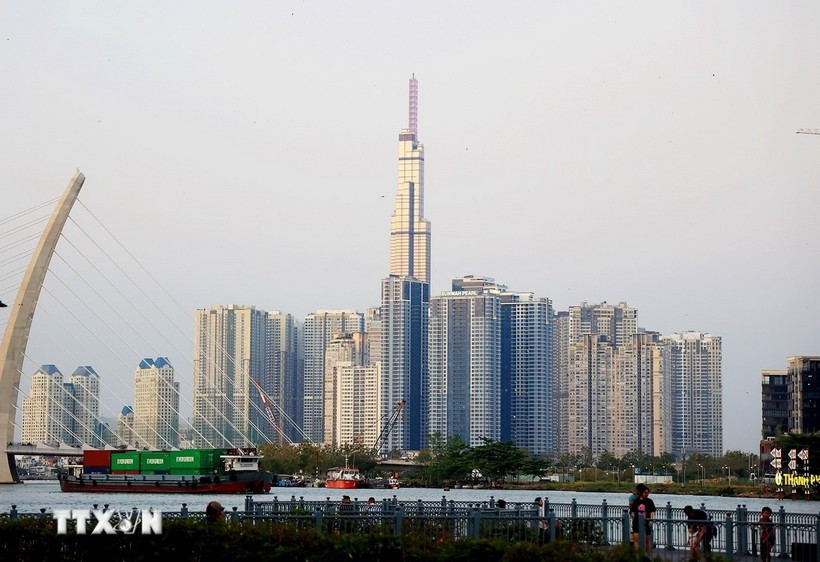

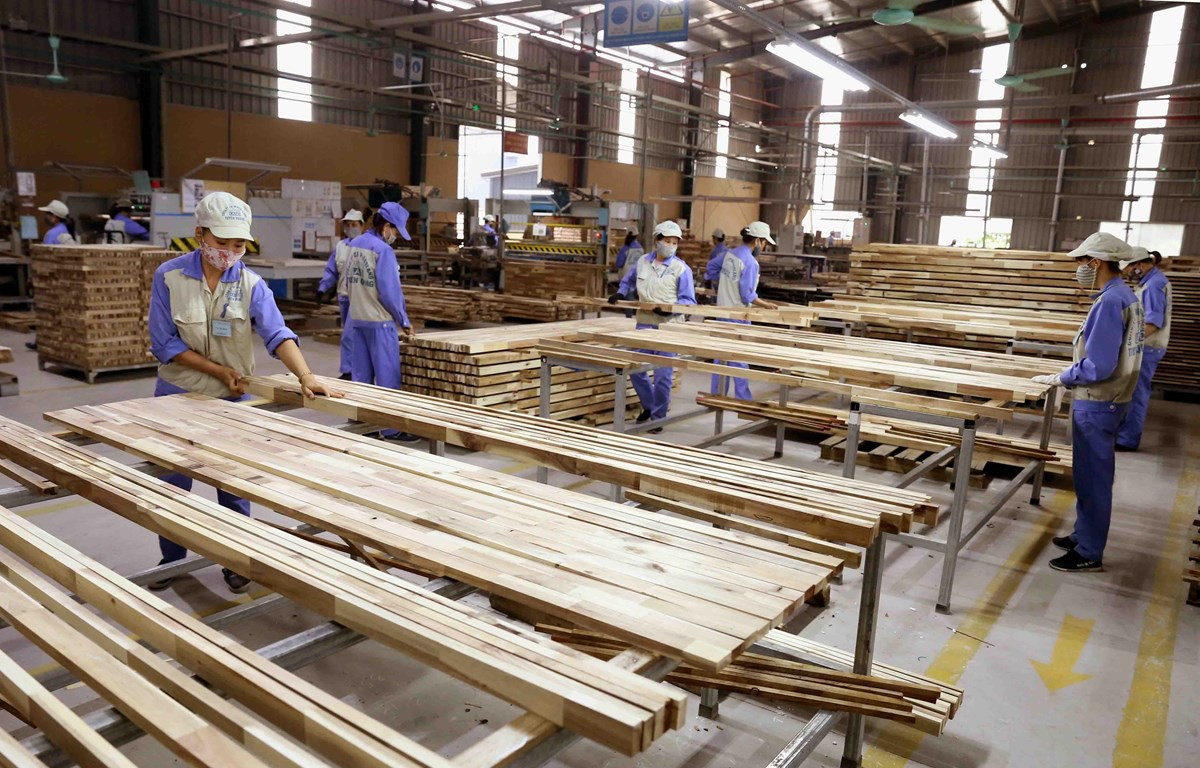
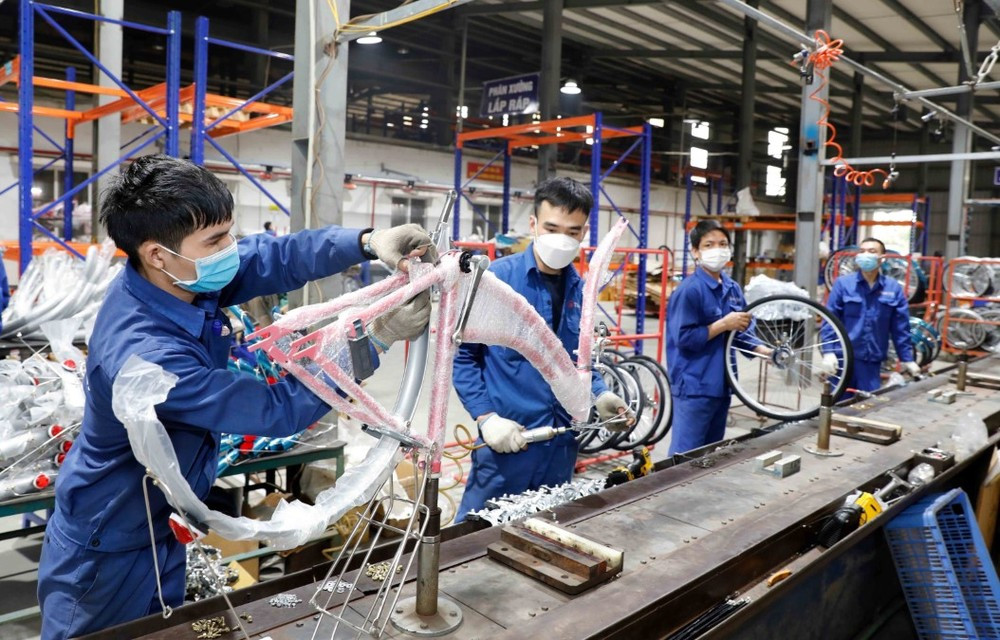
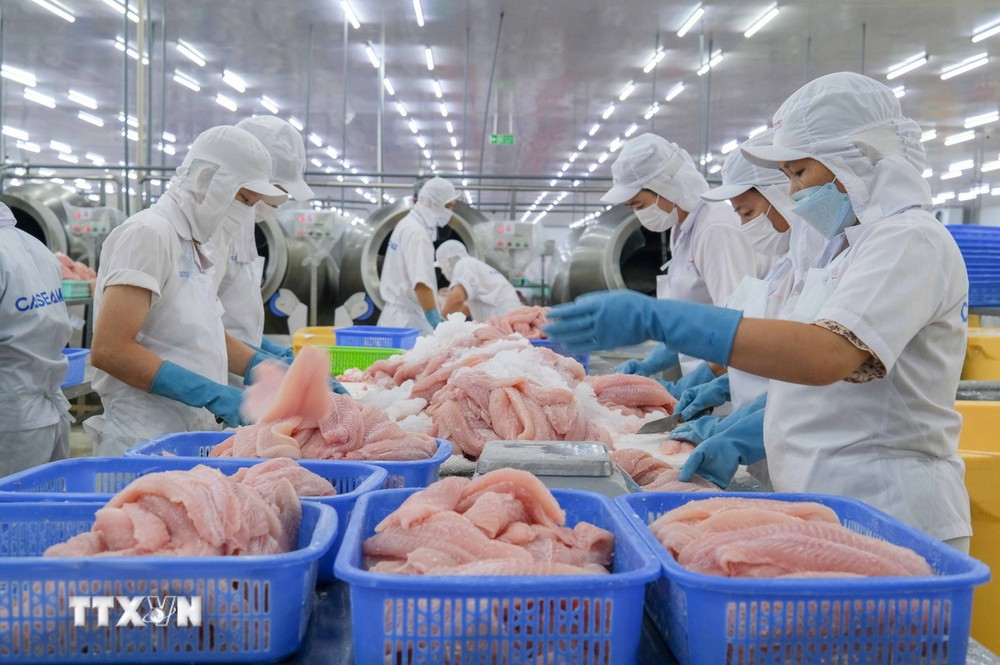
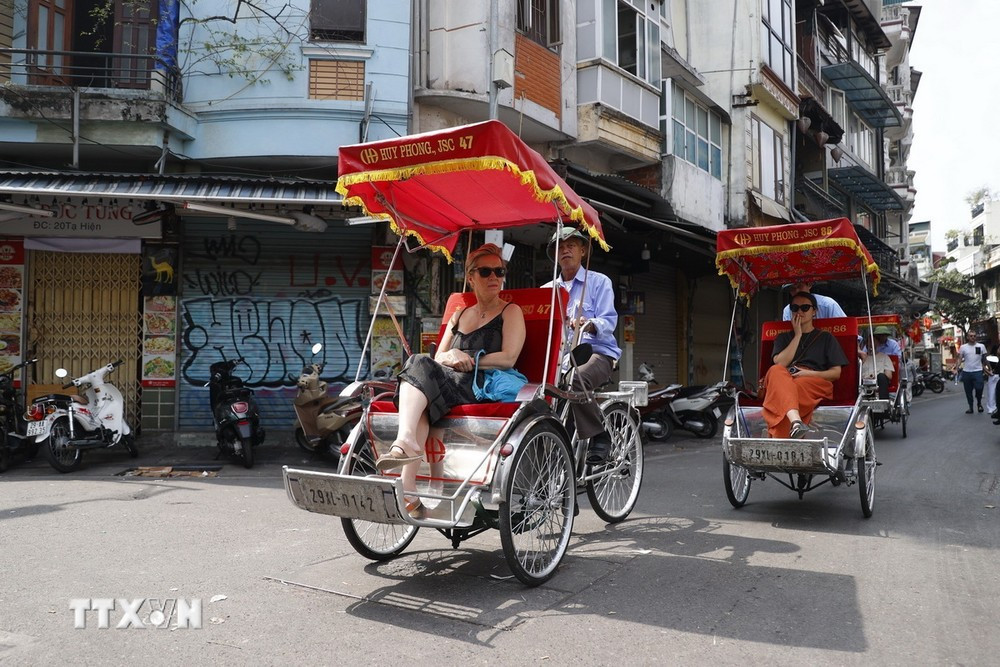
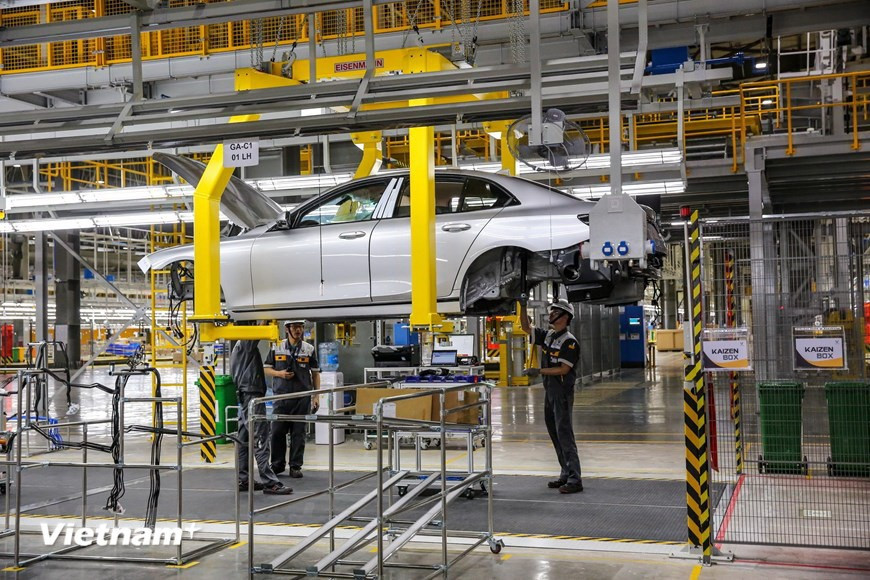
The GSO also highlighted that exports surged in the 6-month period, aligning with the global recovery in consumer demand, creating a positive effect on the country’s economic growth. The export turnover was estimated to expand by 14.5% year-on-year to over 190 billion USD.
Meanwhile, foreign direct investment (FDI) attraction continues to flourish with a large number of new and capital-added projects. In the reviewed period, as many as 1,538 projects worth 9.54 billion USD were licensed, up 18.9% and 46.9% compared to the same period last year.

GSO General Director Nguyen Thi Huong
GSO General Director Nguyen Thi Huong said Vietnam’s socio-economic situation in the second quarter achieved positive results amid global economic uncertainties, creating momentum for growth in the coming quarters.
The Government’s management policies, and efforts made by various ministries and localities, have gradually proven effective, and have created a breakthrough impetus for realising socio-economic development goals set for the year, she said.
It can be seen that the positive growth trend began in the first quarter of 2024. Evaluating the economic situation in the first quarter of 2024, Deputy Prime Minister Le Minh Khai pointed out that thanks to great efforts, the macroeconomy is stable, inflation is controlled, and major balances are guaranteed.
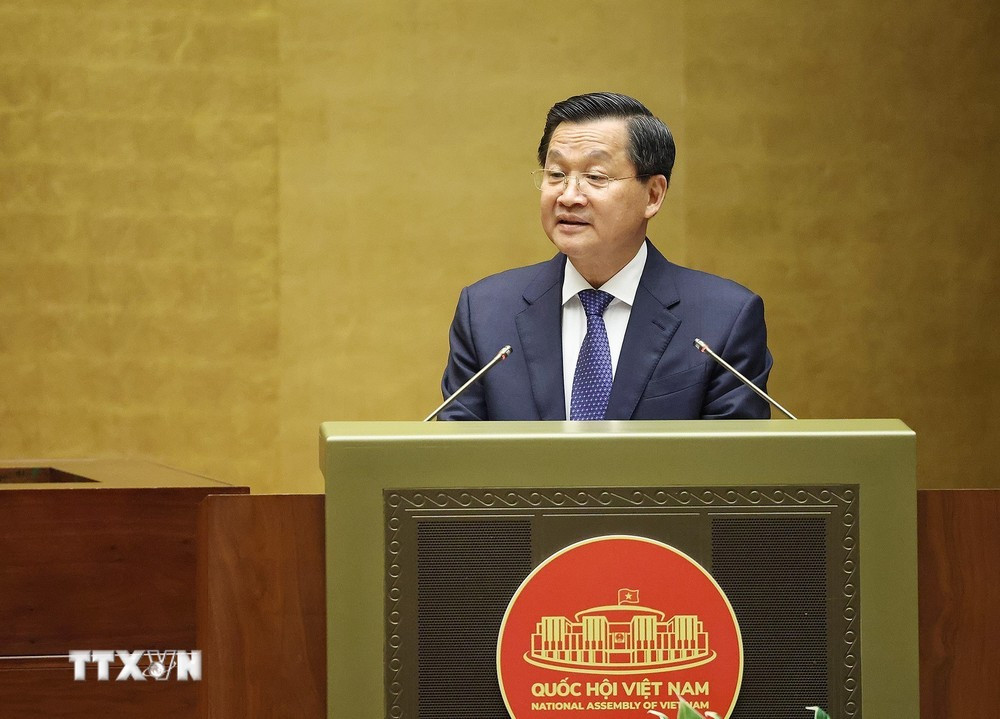
The Government has firmly embraced the guiding principles of “five determinations,” “five assurances,” and “five intensifications,” to overcome difficulties, thus maintaining steadfastness and consistency in realising the prioritised goal of promoting growth, maintaining macroeconomic stability, controlling inflation, ensuring the major balances of the economy, and social security, Khai said.
With such determination, the economy posted a 6.93% growth in the second quarter of 2024. Business production activities of enterprises gradually recovered after many months of stalling, and the number of businesses entering the market continues to be higher than the number of those withdrawing from the market.
Strengthening internal ability
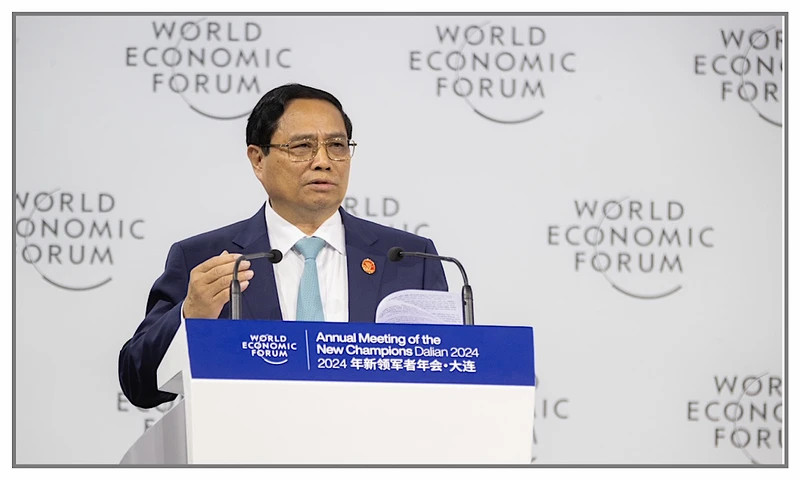
At the annual World Economic Forum (WEF) meeting in Dalian, China in late June, Prime Minister Pham Minh Chinh shared Vietnam’s inspirational story of innovation and integration, and development, affirming that Vietnam continues to prioritise growth and flexible policies, suitable to the country’s conditions and circumstances and the global situation and trend.
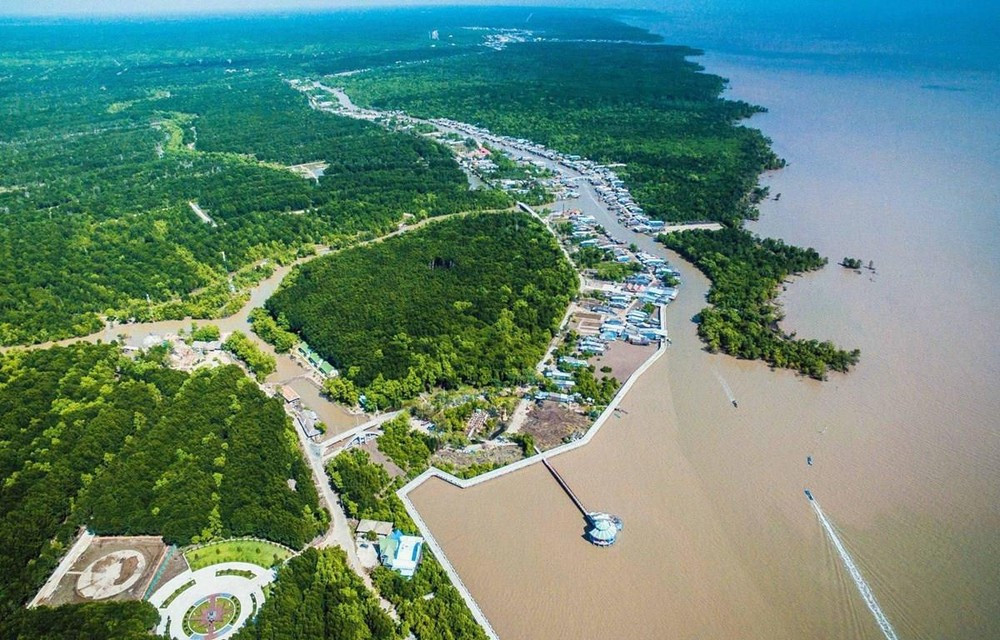
Accordingly, Vietnam continues to renew traditional growth drivers such as investment, exports, and consumption, while vigorously promoting new growth drivers with priority sectors including the digital economy, green economy, circular economy, sharing economy, and knowledge economy. Attention is paid to mobilising resources through enhancing public-private partnerships, prioritising public investment to lead private investment, and activating all social resources for growth and development.
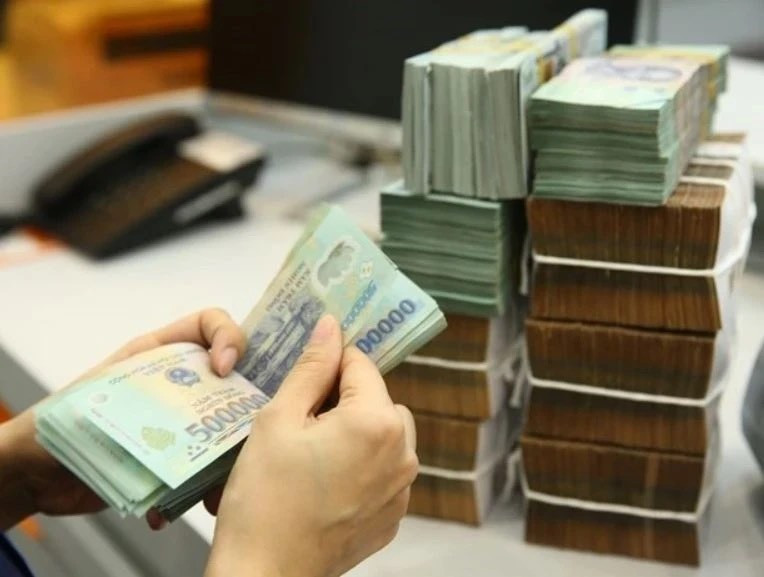
Vietnam is likely to achieve its yearly GDP growth target of 6-6.5% if it continues to control inflation well; strongly promote the linked chain model of agricultural production development associated with industry and export; and drastically implement solutions and policies to support businesses.
GSO General Director Nguyen Thi Huong said Vietnam is likely to achieve its yearly GDP growth target of 6-6.5% if it continues to control inflation well; strongly promote the linked chain model of agricultural production development associated with industry and export; drastically implement solutions and policies to support businesses and to remove difficulties and obstacles, and promote production and business activities, especially key industrial products such as textiles, footwear, and electronics.
Vietnam strives to make the semiconductor industry a new growth motivation. (Illustrative image – Photo: VNA)
Regarding exploiting new growth drivers, Deputy Prime Minister Tran Hong Ha said that to have the opportunity to participate deeply in the value chain of the semiconductor industry, it is necessary to pay heed to training and retraining engineers who have the foundational knowledge, enabling them to access and participate immediately in design, packaging, and testing in the semiconductor industry.
He said that in addition to human resource training, with appropriate policy mechanisms, Vietnam can mobilise the participation of Vietnamese experts and scientists working abroad in the semiconductor industry.
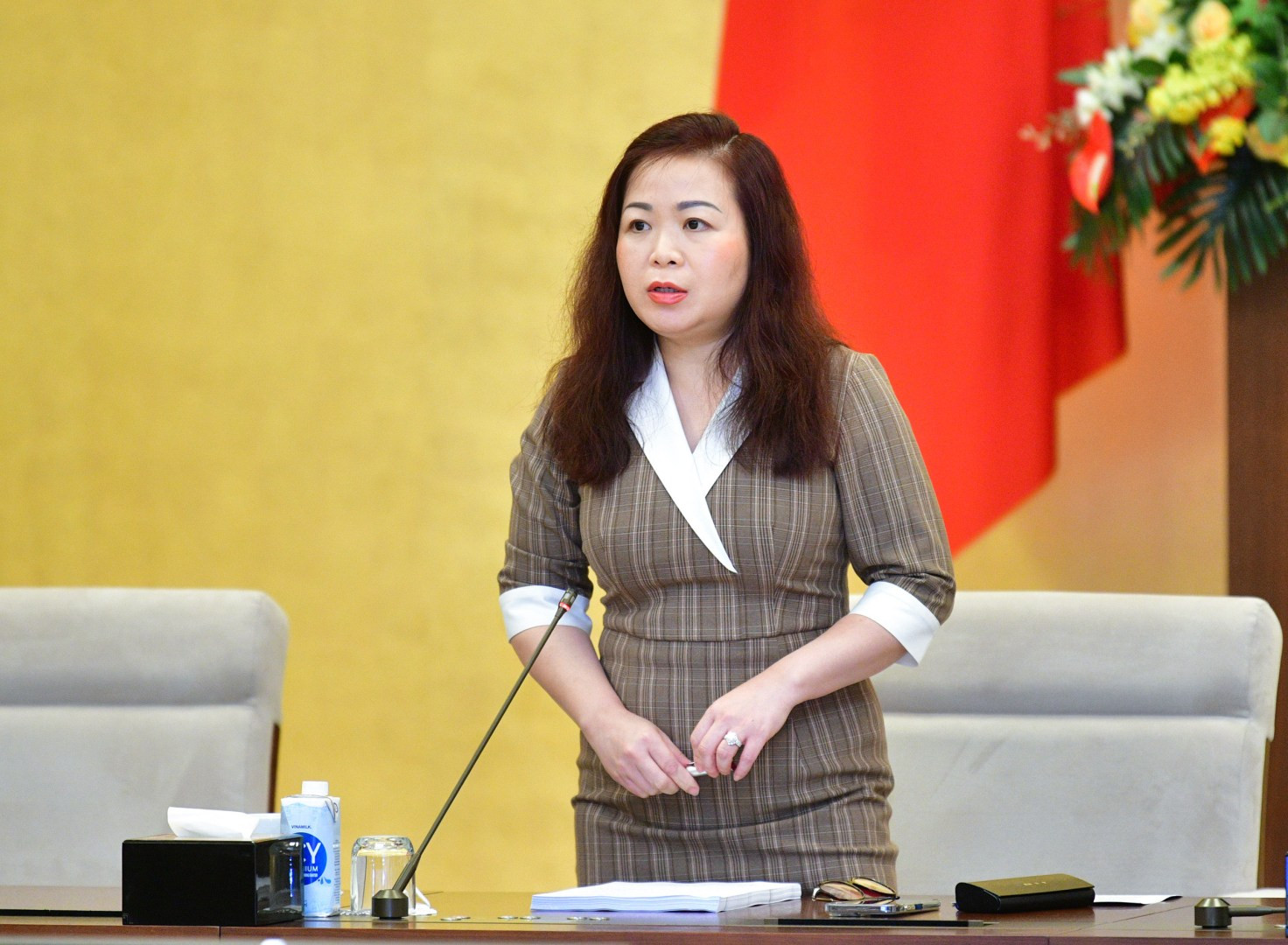
Vu Thi Luu Mai, Vice Chairwoman of the National Assembly’s Finance and Budget Committee (Photo: VNA)
For the role of policies in the economy, Vu Thi Luu Mai, Vice Chairwoman of the National Assembly’s Finance and Budget Committee said “We do not need many policies, but need to enhance policies’ feasibility, especially by taking the perspective of the people to understand what they truly need and what businesses really want”./. VNA